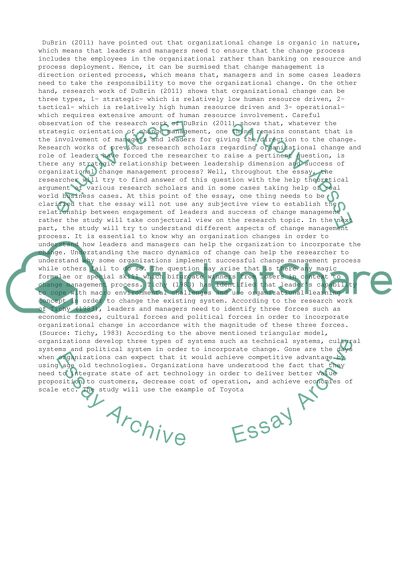Cite this document
(“HR AND LEADERSHIP Essay Example | Topics and Well Written Essays - 3000 words”, n.d.)
Retrieved from https://studentshare.org/management/1476142-hr-and-leadership
Retrieved from https://studentshare.org/management/1476142-hr-and-leadership
(HR AND LEADERSHIP Essay Example | Topics and Well Written Essays - 3000 Words)
https://studentshare.org/management/1476142-hr-and-leadership.
https://studentshare.org/management/1476142-hr-and-leadership.
“HR AND LEADERSHIP Essay Example | Topics and Well Written Essays - 3000 Words”, n.d. https://studentshare.org/management/1476142-hr-and-leadership.


